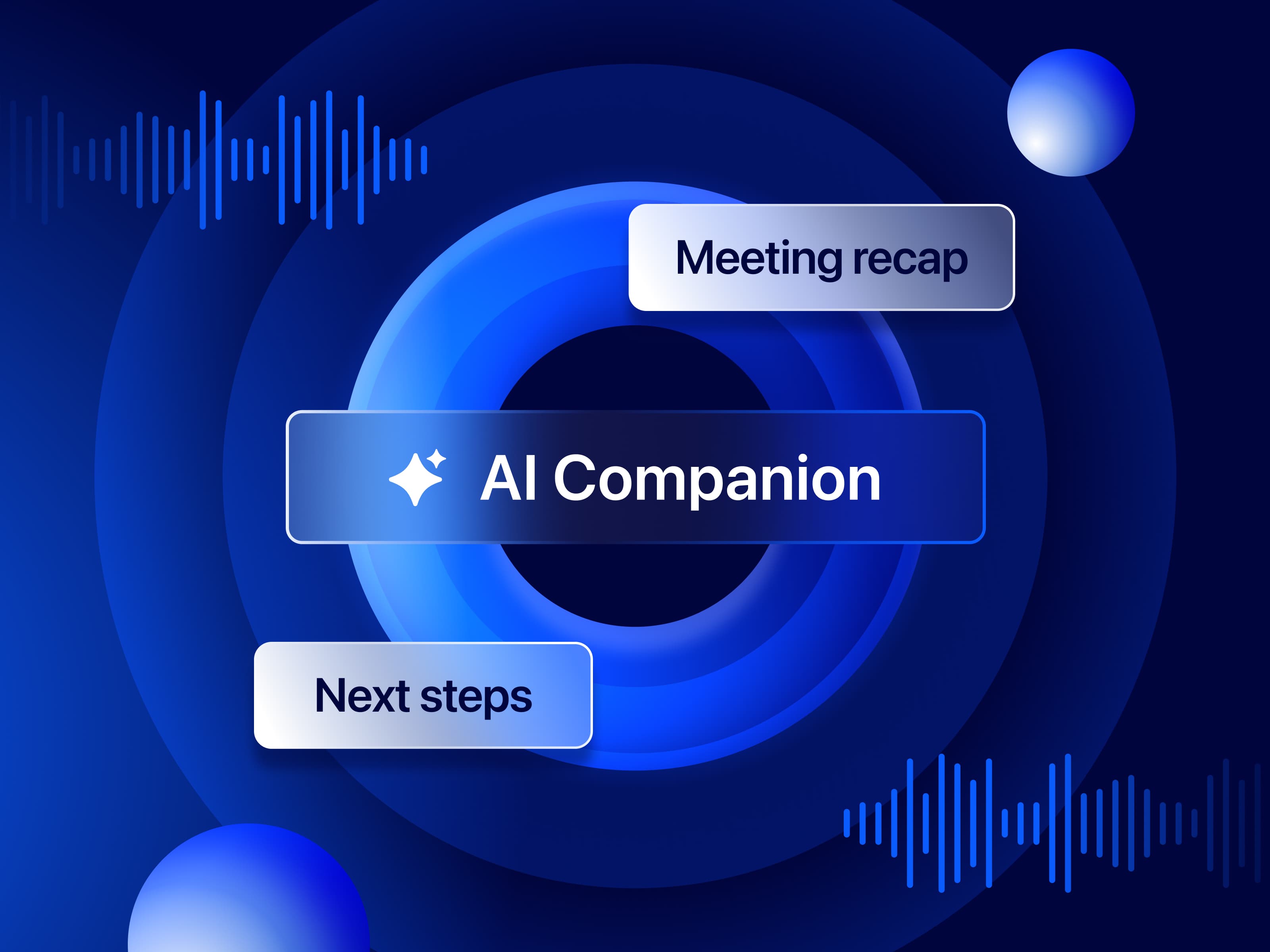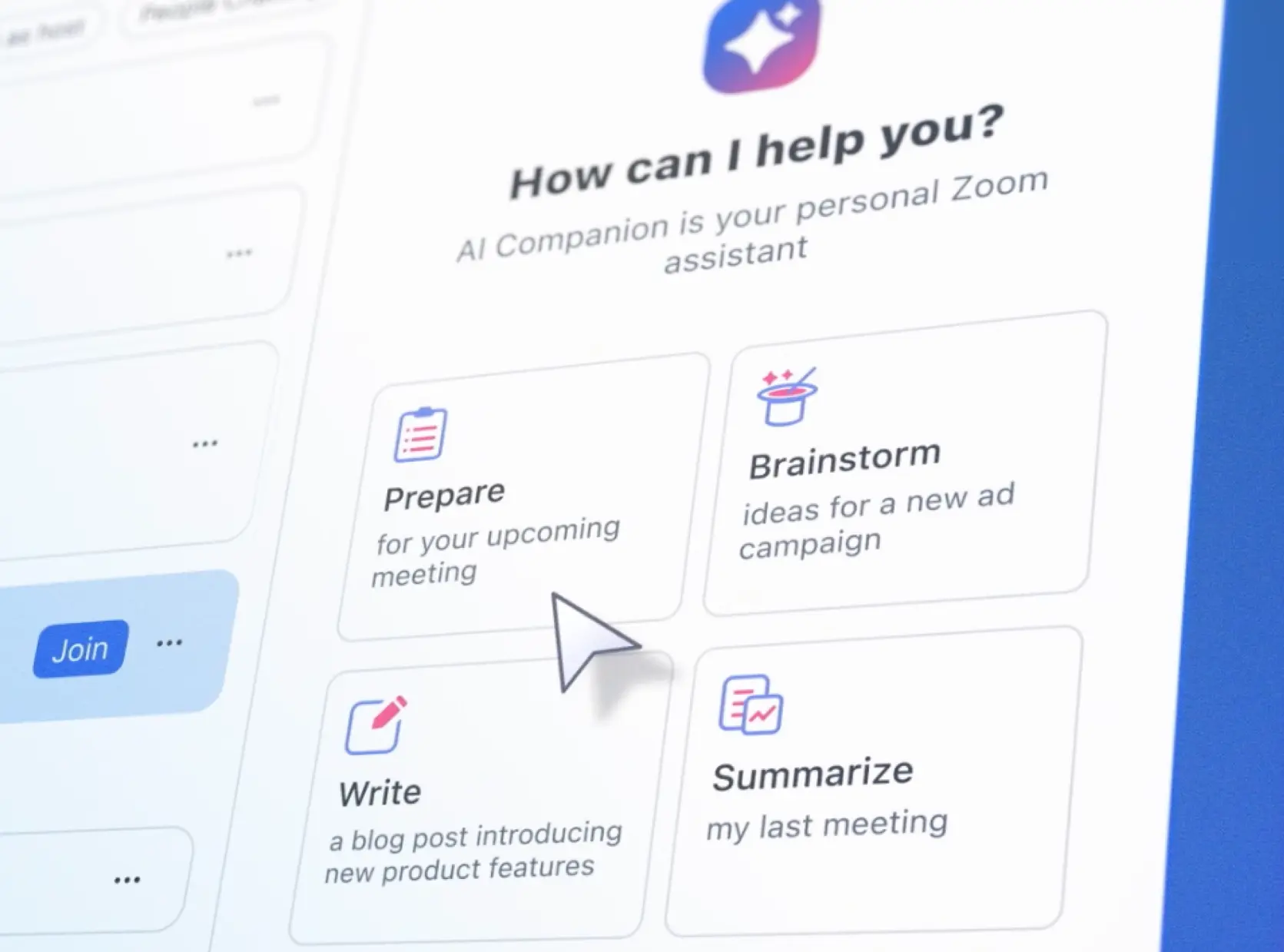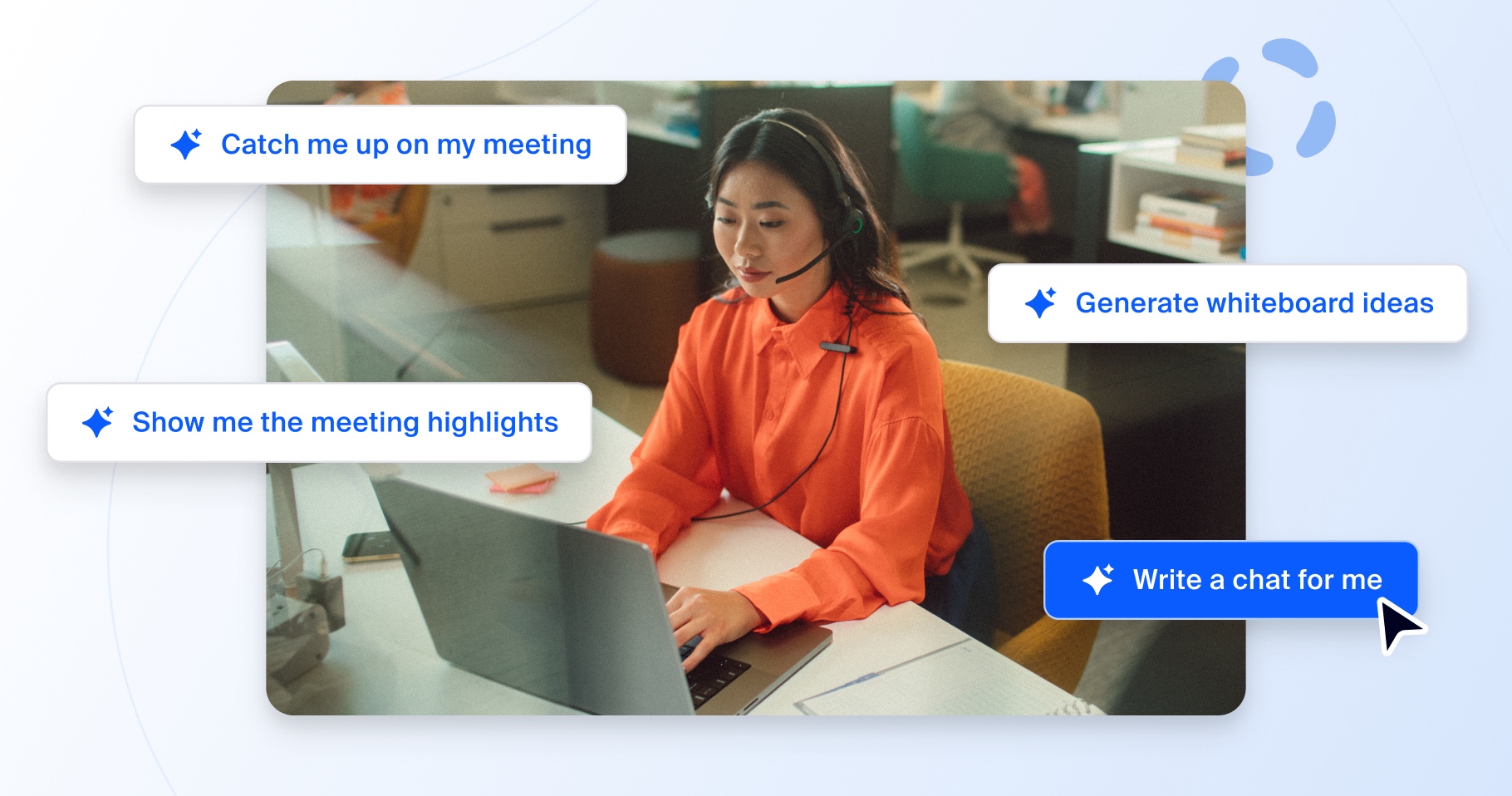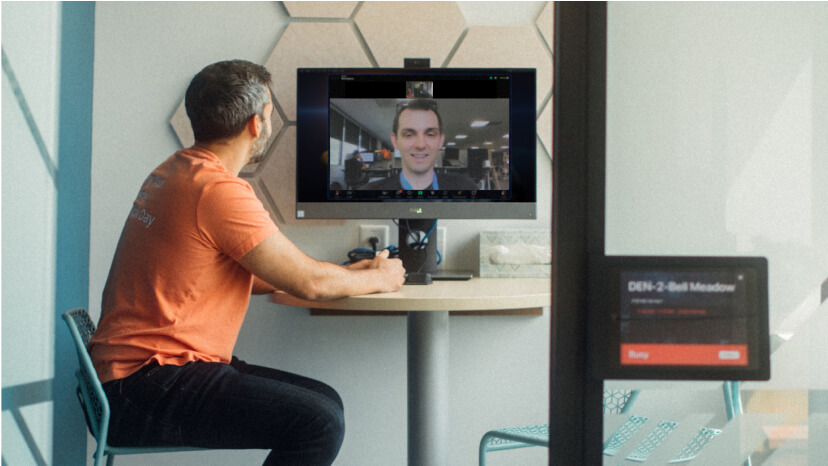Generative AI tools are changing work as we know it. Leaders want to incorporate AI into their businesses, and companies are launching new products to transform how knowledge workers engage in their day-to-day activities.
This speed of innovation is unlike anything we’ve seen before, and keeping up with every new announcement can be overwhelming. But we’re all learning quickly. As recently as mid-2022, the average person wouldn’t know what you meant by “generative AI tools.” But as of May 2023, Pew Research reported that 58% of adults are familiar with ChatGPT.
Even in just the past few weeks, I’ve noticed that our customers’ questions are becoming more sophisticated as their knowledge of the landscape evolves. How will their data be handled? How can they safely roll this technology out to their global workforce?
We delved into these questions and more at the recent Generative AI 2023 summit, which Zoom hosted in partnership with Fellows Fund and HubSpot. While there were many illuminating conversations about the importance of benchmarking AI, the benefits of open versus closed models, and how AI is rapidly advancing, three key principles emerged. Keeping these concepts in mind can be useful for guiding your generative AI strategy, whether you’re creating products or evaluating how to fit AI into your workplace.














